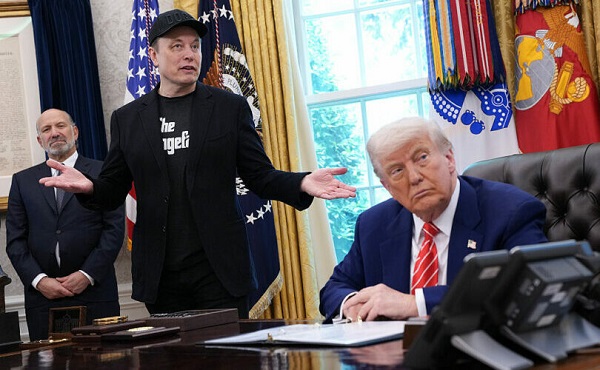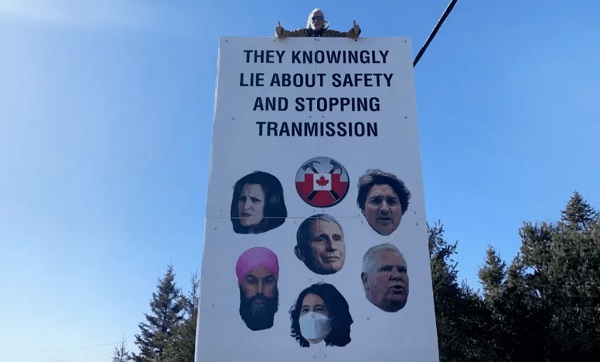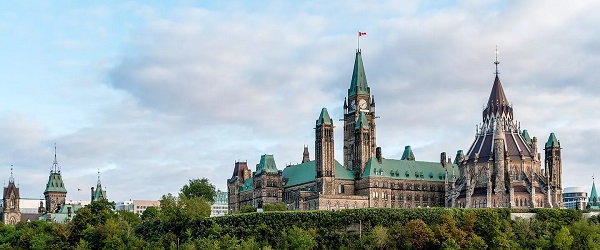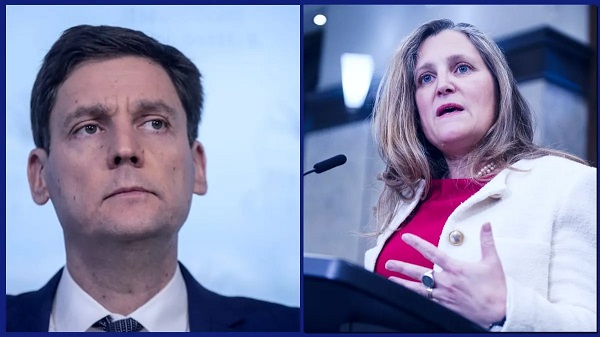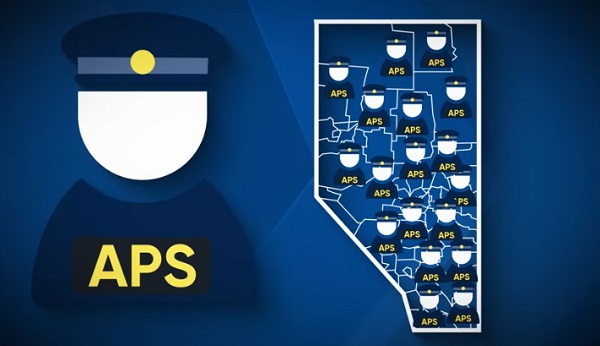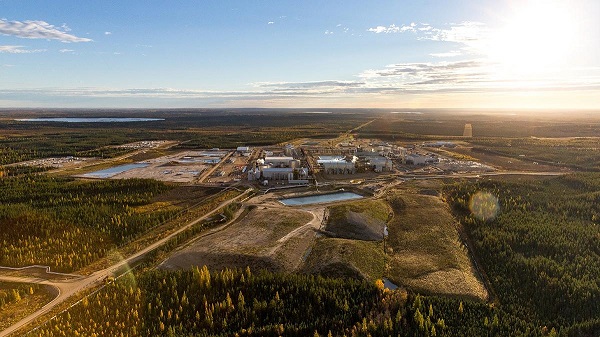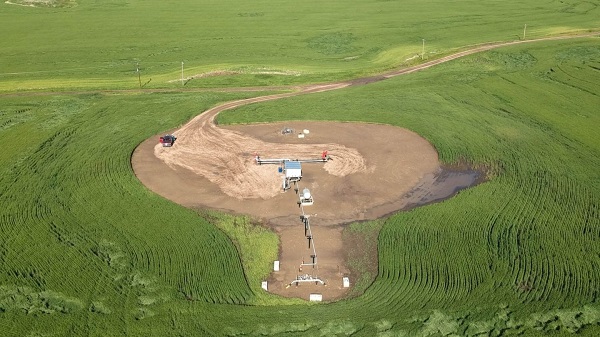Since the time I went to school to become a Chartered Professional Accountant (CPA), I’ve referred to myself as a Blue Collar worker trapped in a White Collar body.
My father, born in 1931, grew up on a farm… and eventually became a journeyman carpenter. My father built houses for his employer for most of his 32 years with that company before being laid off because a White Collar consultant was brought in and had said there was no record of what my father did.
My father was the service and warranty repairman in the twilight of his career and got his tasks each day on pink pieces of “while you were out” note paper.
Not the best record keeping.
My dad now had no job… and this experience had showed me that loyalty to your employer meant nothing.
I was 13 years old – and I (now a 6’6, 350 lb frame), hadn’t even hit my first growth spurt yet.
In order to feed his family, my father got a temporary job cleaning high schools from midnight to 8am. When an opening came up, he helped attach portable classrooms to the growing schools (one classroom I ended up sitting in during high school).
The GST had just become a reality, and the Chretien “Red Book” was going to solve everything.
We eventually moved into a seniors’ living complex as he got a full-time job as an on-site caretaker when I was in high school.
I had the biggest rec room of all my friends.
What did this hard work and determination from my Blue Collar father teach me? It taught me – don’t be “that” guy. Don’t be the White Collar business owner or consultant that comes in and makes it difficult for working class families trying to make ends meet.
As a result of my upbringing and education, I was a square peg in a round hole (or I guess based on my stature, a round peg in a square hole).
I started delivering flyers, became a busboy in a small family restaurant, eventually moving on to unloading semi-trucks at a grocery store, pumping gas, landscaping, working security at bars and Roughriders games, refereed basketball, and became a bank teller.
Yes… I could hold a job. The reality is that they were all part-time, and I worked four of them at the same time during the day, while going to school at night.
I was not going to end up in my father’s position. I was going to be a White Collar guy… but I was going to do it differently.
Eventually, I found my path into accounting and taxation, and much of my story has been documented since then.
The one thing I’ve always done, is stand up for small business owners, especially the Blue Collar trades businesses that needed someone in their corner.
To this extent, after listening to Charles Adler, I wrote a thread on Twitter after he spoke about his parents, and wondered how they would be treated today trying to get ahead.
I’ve reposted this thread below, but now you know why I am as passionate as I am about small business – the working class – the Blue Collar. This is not fake… this is me.
Yes, I have a White Collar job, but I’m going to do what I can to stand up for the Blue Collar clients that keep MY family fed… because if they take after their dad, they will eat a lot.
My thread below, also found here
- The working class in Alberta is also your small business. Businesses with <100 employees accounted for 70.6% of private sector worker in 2017. 1/2 of that number had <20 employees. Energy sector prefers contractors over employees because of volatility in commodities…
- … as a result, many contractors are laid off before any employee layoffs are even mentioned in the news. These trades contractors work away for weeks (sometimes months) at a time not knowing if the day they go home will be their last cheque or not. …
- … Employment Insurance (EI) only covers employees. Contractors can opt in for EI Special Benefits like maternity and medical leave, but they are not eligible for EI Regular benefits like employees. We hear the laurentians of Eastern Canada say they should have saved money…
- … saved it for a rainy day maybe… but they don’t realize that even Noah only had to make it last 40 days… not 40 weeks… not 40 months. We are now into month 48 of the downturn in the Energy sector… the rainy day fund is bone dry. So what has the government done? …
- … since elected, we saw the introduction of the Specified Corporate Income (SCI) rules. Simply put, if you are in business in Canada; do a job for a relative that is more than 10% of your gross sales for the year, you lose your small business tax rate on that income…
- … this was a massive blow to agriculture and rural Canada where many relatives work for each other. There are proposed relief coming to the agriculture sector, but not rural Canadians in business. Then came TOSI – Tax On Split Income…
- … this does not target the downtown Toronto retailer, but it does target your small business trades. Remember ‘those people’ in Alberta’s energy sector? Yep, it hits them the most… especially those under 25… https://linkedin.com/pulse/how-would-mary-joseph-taxed-today-cory-g-litzenberger/… …
- … the TOSI changes impacted the middle class the most… https://linkedin.com/pulse/targeting-middle-class-how-trudeau-government-tax-you-litzenberger/… … the math shows just how more punitive this rule is on low and middle income Canadians compared to wealthy ones…
- … then came Adjusted Aggregate Investment Income (AAII) rules under the guise of “taxing the wealthy”. The talking points were about a $1M portfolio making 5%. The reality is that it is legislated as $50,000 of income. The size of the portfolio is irrelevant. …
- … The most common way to hit $50k of income is to have sublet part of your business location since you don’t need it all. This AAII tax hit ONLY impacts small business. It does not hit pure holding companies; large corporations; or foreign controlled companies in Canada. …
- … in addition to already paying 50.67% income tax on that rental income (Alberta rates), you would start to lose your small business tax rate at $5 to $1. In other words, $1 over the limit, didn’t change your federal active business rate from 11% to 27% on that dollar…
- … it changed it on $5 of your income. So that means instead of paying an additional 16 cents of tax on that extra dollar of income, you were paying 5 x 16 = 80 cents. 80% income tax on that extra $1 of investment income. But that’s not all…
- … this was over the 50.67% already taxed. This means on that $1.00 of extra investment income, you would be charged $1.3067 in tax. Remember: Large Corporations, Pure Holding Corporations, and Foreign controlled corporations still only pay 50.67% on that same dollar…
- … Tell me in what world does a 130.67% tax rate on $1 of income make sense? Since 2015, the Federal Government has methodically attacked small business with tax changes, but has done so while convincing urban Ontario and Quebec that they are targeting the wealthy…
- … the working class, small business in rural Canada has been slowly squeezed by tax policy. Which part of Canada do you think has to use the most carbon, just to get to work and buy groceries? Rural Canada. There is an urban vs rural divide happening right now. #cdnpoli
- (addition)… throw into the mix the increase in CPP contributions required from 4.95% to 5.95% of earnings by 2023 and that 1% on someone making the projected maximum CPP amount is $600 extra. Both the employee and employer pay this in 2023… but don’t worry…
- … the basic personal amount was projected to be $13,092 by then, and the gov’t is raising it to $15,000 instead. A difference of $286.20 in tax. So, you pay up to $600 more to CPP, and get back $286.20. But if you are self-employed, you pay $1,200 to get the same $286.20…
- … if you are a small business with 5 employees… you pay $3,000 more for them… and get nothing more in return. An increase on the CPP amount is not to help pension, it is just another attack on small business and the working class.





